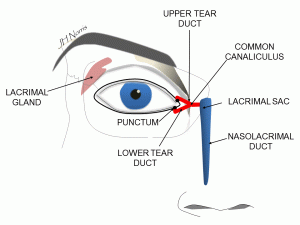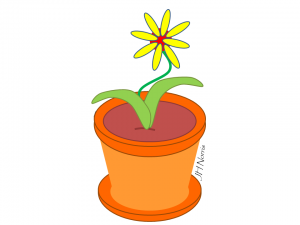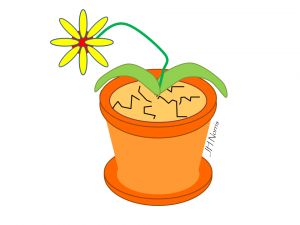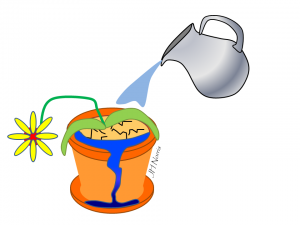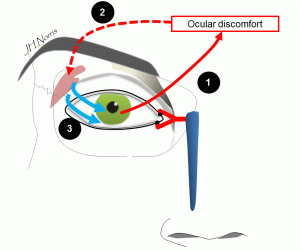Watery eye is very common and there are a variety of different causes. Broadly speaking we divide watery into problems relating to:
- The plumbing system (the tear duct)
- Over production of tears (the tear gland)
- The pump system (the eyelids)
When we review you in clinic it is important to try an establish the cause for your watering before a management plan can be put in place.
The tears are produced by the lacrimal gland and roll across the eye and down through the punctum into the tear system and into the nose.
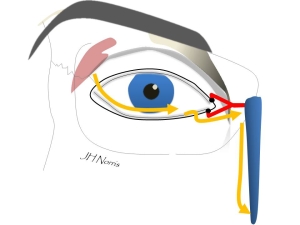
Any block or narrowing along the course the exit system may give rise to a watery eye. This can include narrowing of the plug hole (punctal stenosis) or within the drain system (nasolacrimal duct block or stenosis). Treatments for this include punctoplasty surgery or dacryocystorhinostomy (DCR) surgery depending on the problem.
In some cases of watery eye the problem does not relate to a plumbing problem but to the eye over watering. This can be due to the eye being uncomfortable or dry and is known as reflex watering.
Think of your eye like a plant on your kitchen windowsill.
If the soil becomes dry and cracked your reaction is often to over water the plant.
Your tear gland does the same thing when the eye is registered by the brain as being dry or sore (1). It over compensates (2) and produces too many tears (3) which gives you a watery eye.
This can often be when you are performing concentration activities such as watching television, computer work or reading. It may also occur when you are in very dry environments such as air conditioning.
The treatment for this type of watery eye is use lubricants to alleviate the symptoms and reduce your tear production by making the eye more comfortable.
When you open and close the eyes you pump the tears down into the tear system. Hence anything which affects the eyelid position may increase watery. This includes ectropion and entropion. Your eyelid position may also contribute to the eye feeling uncomfortable which can give rise to reflex watering.
Author: Mr Jonathan Norris FRCOphth

